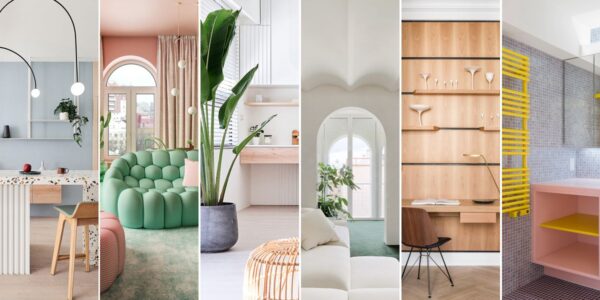Learn How to Choose The Ideal Gardening Tool.
When the sun starts to shine brightly in the sky after a cold winter season, you have to do a tremendous job cleaning your garden. Even if it may sound straightforward, it is not easy to renovate and give your…






